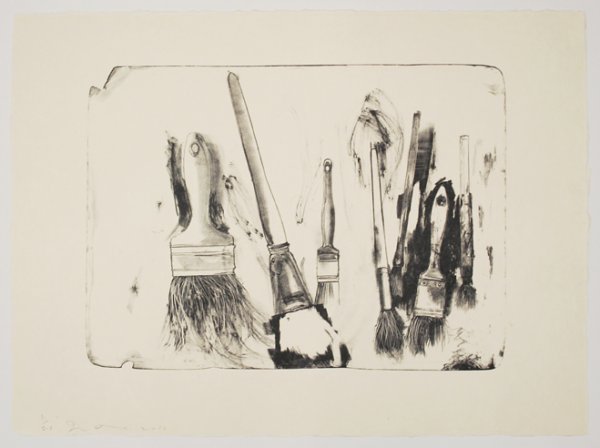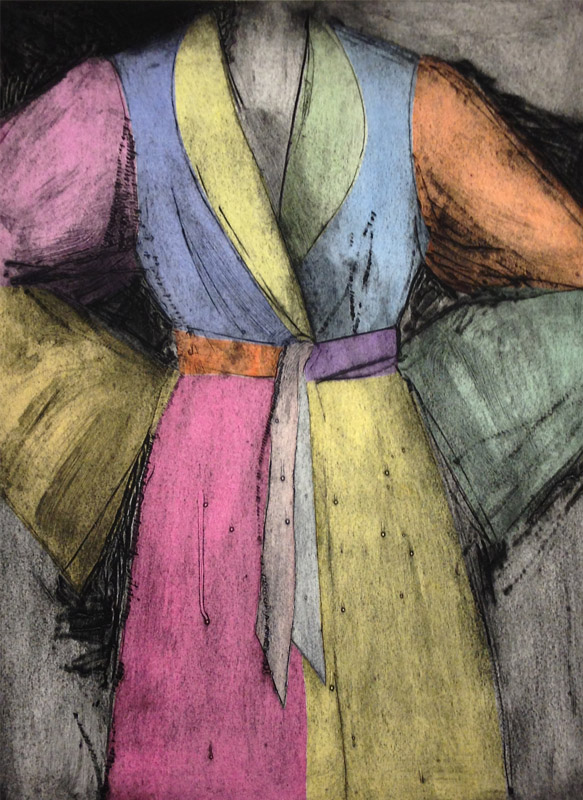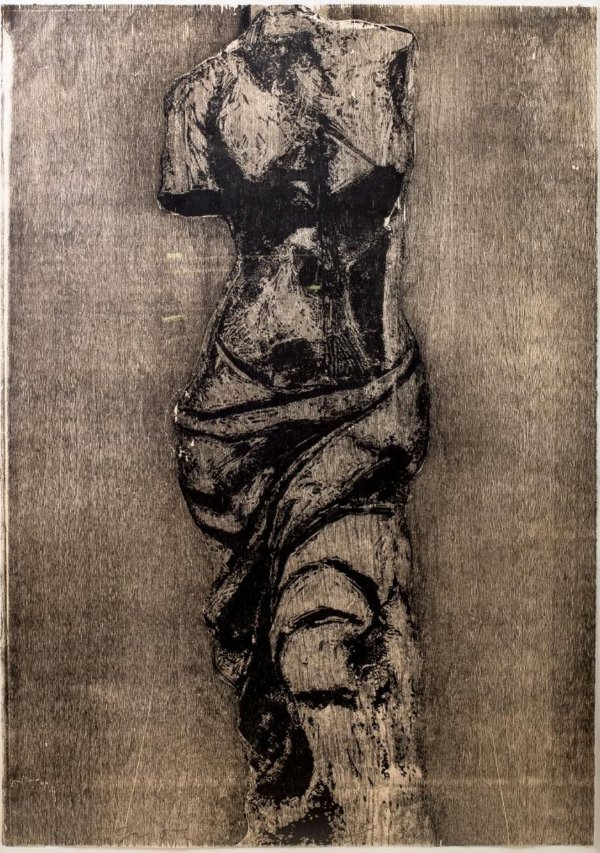Jim Dine Prints – The Printmaker
Jim Dine Prints
Born in 1935 in Cincinnati, Ohio, Jim Dine became one of the most prolific of all the printmakers, painters, poets, sculptors and performance artists of the 20th Century. The son of Jewish parents who had fled Eastern Europe in the ‘20s to settle in the US, much of Dine’s artistic works were influenced by his heritage. With his family mostly trading in ironmongery, he later declared that his “tools were always around me” and it was in fact said to be his family’s hardware store that sparked a deep fascination in the power of everyday objects. Indeed, Dine was particularly interested in the “mythic” and “metaphorical” element of the tools needed for ironwork. It was these tools that actually inspired his early 1960s works, where tools were attached to canvases in order to create an artwork using found objects. Tools also appeared in many early Jim Dine prints.

Throughout his pieces, Jim Dine has given a vocabulary to subjects that have a child-like appeal, such as birds, hearts and tools. Nostalgic and symbolic they are also universal and commonplace, and are the key to his creations in that they are both autobiographical and subjective. Dine was also a heavy influence in the first “Happenings,” a pre-runner of Performance art. These Happenings looked at the serious, elitist nature of Abstract Expressionism and challenged it, giving higher priority to interactive performance art instead. During his active years, Dine wanted to get to the heart of the status of artwork and shored up the tradition of making works what were packed with allegory and symbolism. He was inspired by simplicity and imagery that’s both symbolic and familiar. His repetitive use of things like fluffy bathrobes, everyday objects and childish hearts are easy to relate to by the viewer, however when you look a little closer there is a much deeper meaning present. He frequently works with items and imagery from his own youth, offering a notable sense of shared nostalgia and innocence to his work.

Despite the fact that Dine’s strong emphasis on bright colours, popular imagery and bold graphics seem more in keeping with Pop art, Dine himself refuted this. He regarded his work as more like that of Robert Rauschenberg or Jasper Johns‘ Neo-Dada style, where iconic symbols are celebrated for their power, not simply just for what they are.

Dine’s popularity due to his involvement in the earliest “Happenings” gave him particular influence far beyond the realms of traditional art media. He treated the art object as superfluous in his works, and was far more engaged in the conceptualism of art and the decentralisation of a subject, which still holds value in postmodern art today. As Conceptual art started to gain ground, Dine’s use of patterns, repeated symbols and iconic forms were used to explore the ways in which images create meaning. By choosing a simple shape or object and repeatedly depicting it, Dine emphasises their importance in artistic study. Carrying on with the ideas behind Marcel Duchamp’s readymade sculptures, these everyday objects gain a new and important meaning simply because they were selected by the artist and studied repeatedly. By capturing them and isolating them in a museum or gallery space, Dine depicts them as worthy subjects which art should be celebrating, and transforms them from something mundane into something significant.
